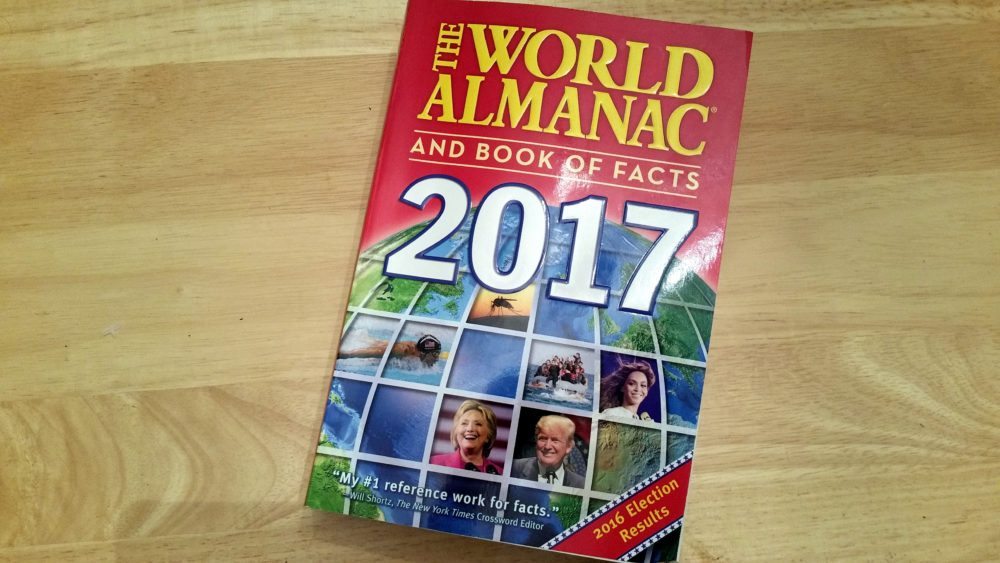
Last year I was excited to review a new series put out by First Second Books called Science Comics. The first two books were about coral reefs and dinosaurs. With appealing illustrations, engaging characters, and up-to-date science on every page, I couldn’t wait for the next book about bats; I don’t know too much about them, and their numbers are decreasing around my region.
The main character in Science Comics: Bats: Learning to Fly by Falynn Koch is a Little Brown Bat who gets knocked out of the air by a scared human. He’s taken to an animal rehabilitation center to heal a broken wing. Separated by the kind of food they eat, the Little Brown Bat meets bats from around the world. If you didn’t know, bats are mammals, more closely related to primates than rodents (a common misconception). Megabats are large bats that eat fruit. Microbats are smaller and hunt insects, drink flower nectar, or eat prey other than insects.
The storyline of the Little Brown Bat, nervous but slowly learning about of all these other kinds of bats, is side by side with general informational boxes. For a small book, there is a lot packed in the pages! I liked the graphic showing how a bat’s wings are skeletally identical to a human hand. As the Little Brown Bat meets the fruit eaters, we see how many fruits are pollinated by bats from mangos, bananas, cocoa, and more.
The book clears up any misconception about the dangers of bats. No, vampire bats are not out to get you. They live in only one part of the world and drink from cattle—all without hurting or even disturbing the animal. Yes, bats (like any mammal) can carry rabies, so it’s best to call animal control if you find a bat in your house.
The Little Brown Bat is a microchiroptera and the most common bat around where I live in upstate New York. At the end of this comic book, the author touches on a subject that is of most concern to me and my fellow environmentalists: White-Nose Syndrome. It’s a fungus that clogs their noses and mouths, causes holes in their wings, and affects their immune system. Populations are collapsing and, besides the fact that any species dying off is alarming, the Little Brown Bat eats 600-1000 insects per meal! Without them around, we have a major insect problem, changing our entire ecosystem.
Science Comics: Bats does a great job conveying a whole lotta information in a fun comic book style. The end of the book has further reading for kids who want to delve even deeper in the fascinating world of bats. Recommended for elementary-aged kids.
GeekMom received a copy for review purposes.




